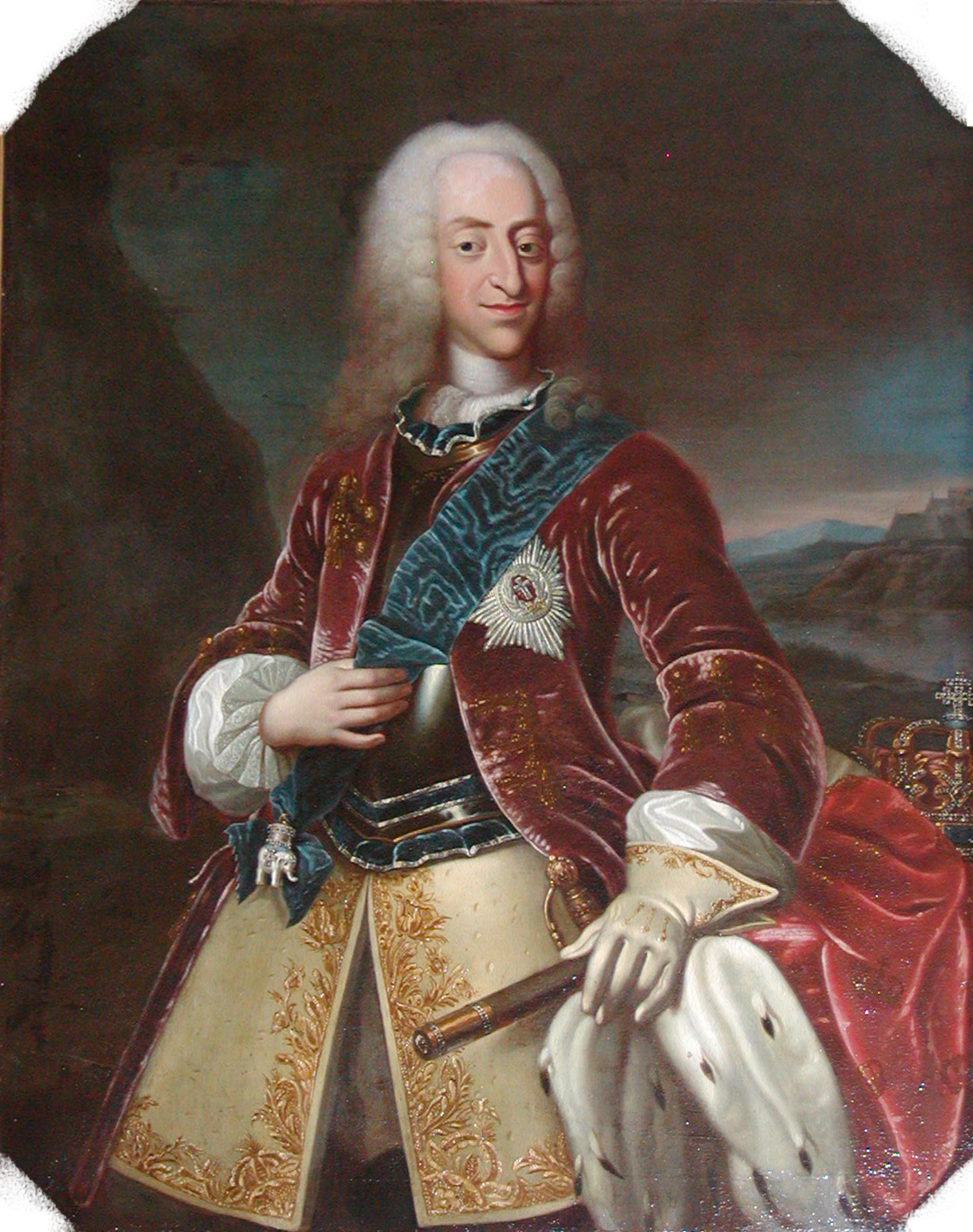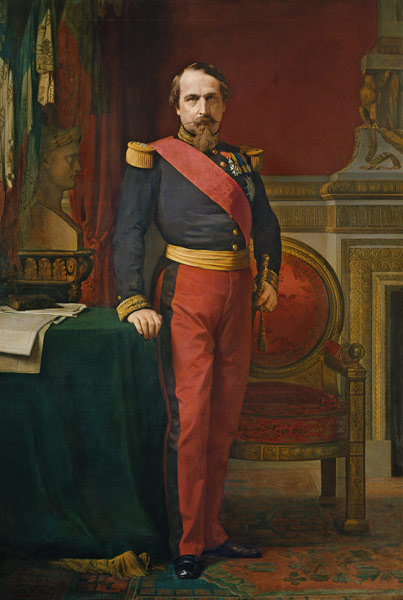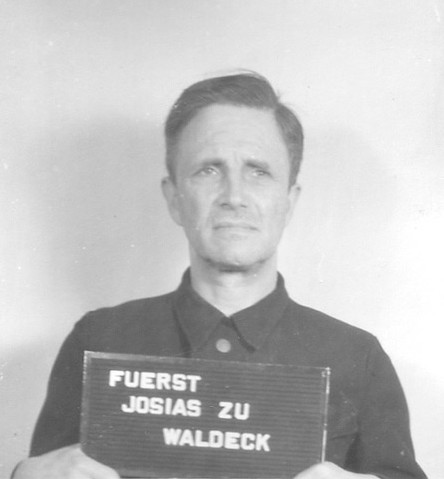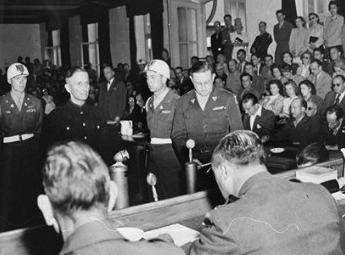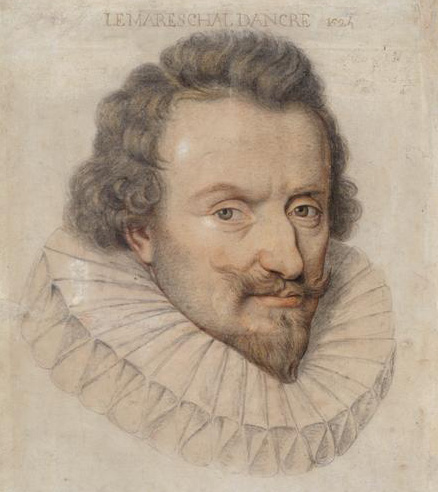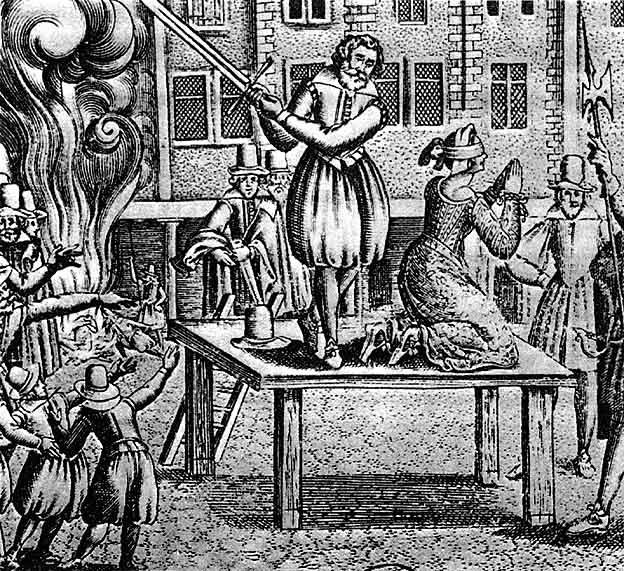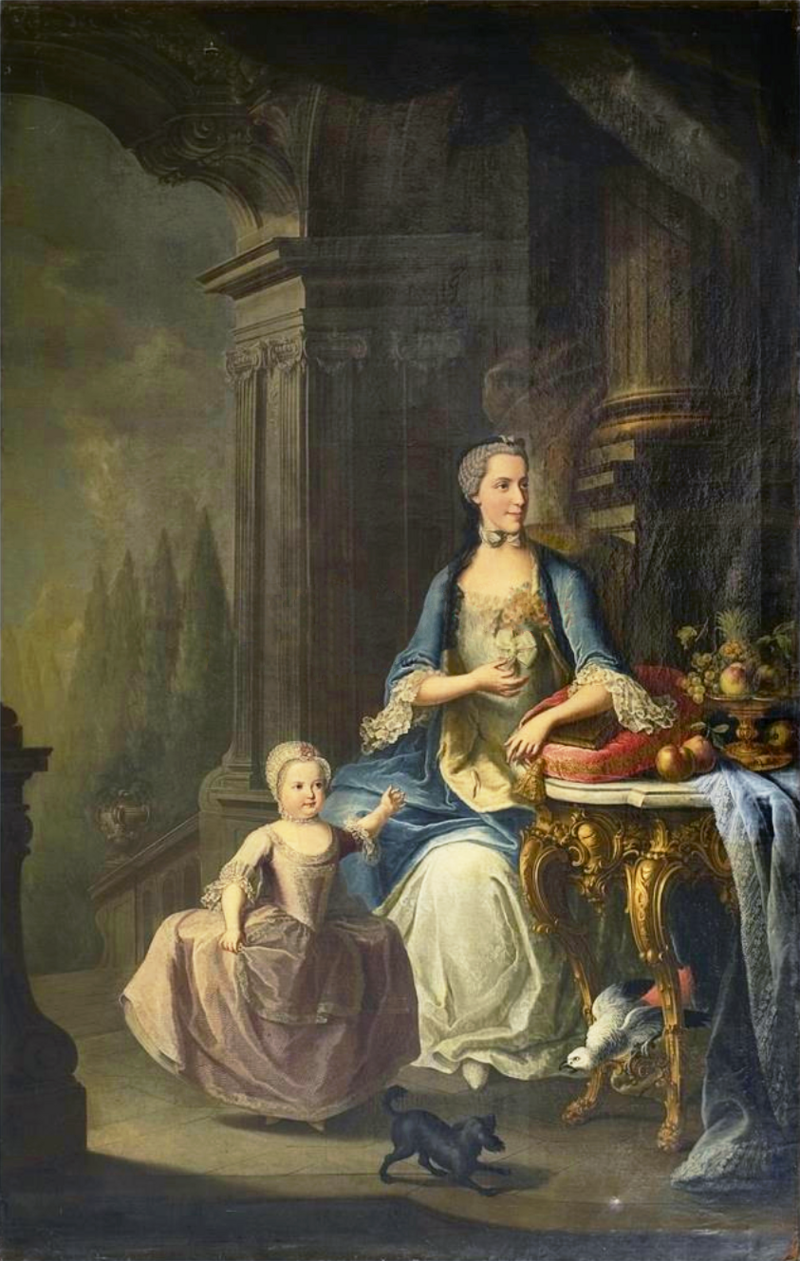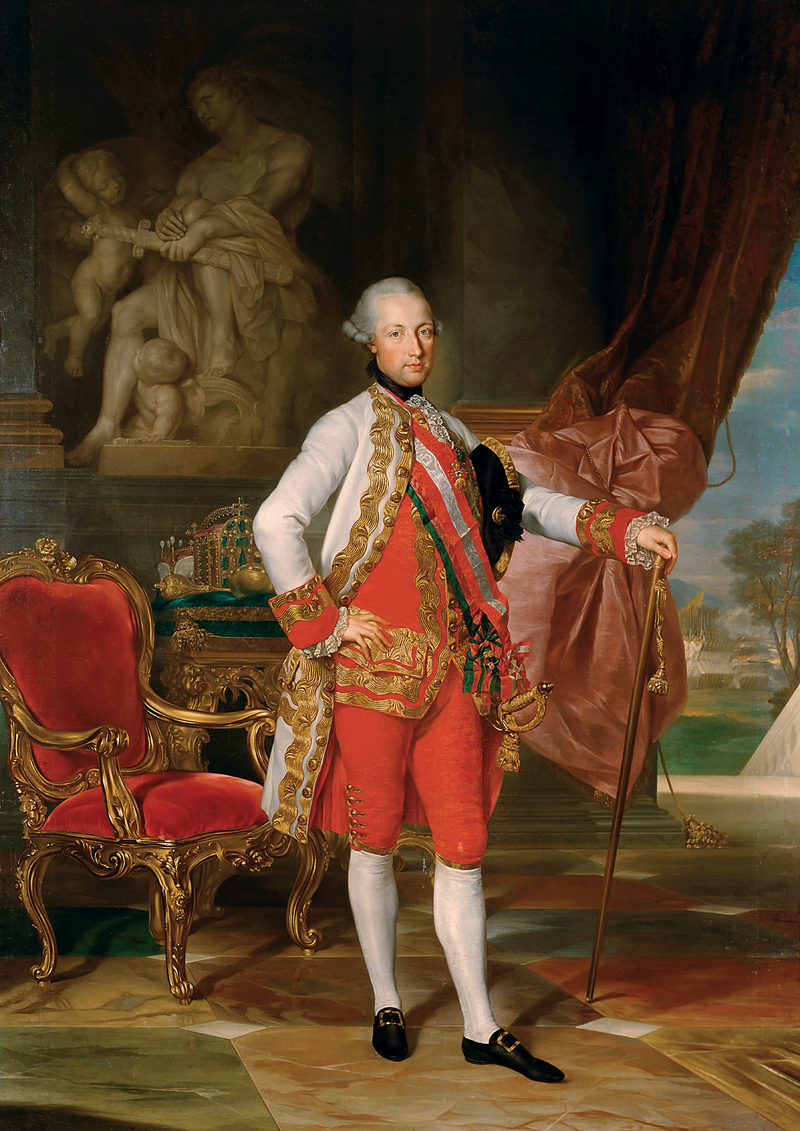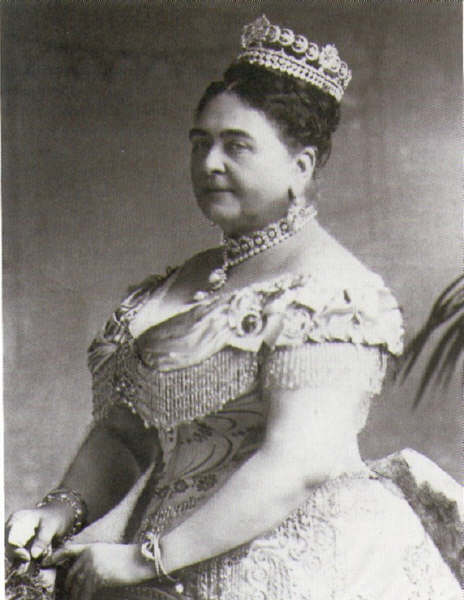© Unofficial Royalty 2023
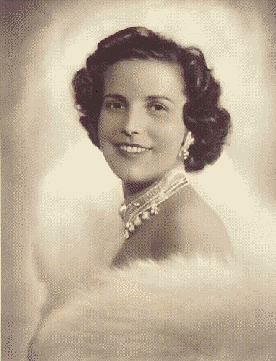
Lilian Baels, Princess de Réthy, second wife of King Leopold III of the Belgians; Credit – Wikipedia
November 28, 1290 – Death of Eleanor of Castile, Queen of England, first wife of King Edward I of England, at Harby, Nottinghamshire, England; buried at Westminster Abbey in London, England
In 1254, Eleanor married the future King Edward I of England. The couple had 14 children, but only six survived childhood. Edward and Eleanor had a loving marriage and were inseparable throughout their married life. Edward is one of the few English kings of the time period to apparently be faithful to his wife. Eleanor accompanied her husband on Crusade and on other military campaigns. In the autumn of 1209, Edward was attending a session of Parliament in Nottinghamshire. Eleanor was following him north at a leisurely pace. On her way to Lincoln, Eleanor became ill. She reached the village of Harby in Nottinghamshire but she could go no further, so she sought lodging at the house of Richard de Weston in Harby. Eleanor’s condition worsened and messengers were sent to summon Edward to her bedside. Edward was devastated when Eleanor died. Her remains were taken to London where Eleanor was to be interred at Westminster Abbey. It took 12 days to reach Westminster Abbey and twelve crosses, known as Eleanor Crosses, were erected at the places where her funeral procession stopped overnight. Charing Cross in London is perhaps the most famous, but the cross there is a reconstruction. Only three original crosses survive although they have had some reconstruction.
Unofficial Royalty: Eleanor of Castile, Queen of England
November 28, 1489 – Birth of Margaret Tudor, Queen of Scots, daughter of King Henry VII of England, at the Palace of Westminster in London, England
Margaret was the daughter of King Henry VII of England, the first Tudor monarch, and Elizabeth of York, the eldest child of King Edward IV of England. She married three times to James IV, King of Scots (had one surviving child James V, King of Scots, the father of Mary, Queen of Scots), Archibald Douglas, 6th Earl of Angus (had one child Lady Margaret Douglas, the mother of Henry Stewart, Lord Darnley who married his first cousin Mary, Queen of Scots), and Henry Stewart, 1st Lord Methven (no children). When the Tudor line died out with the death of Queen Elizabeth I of England in 1603, it was Margaret’s great-grandson James VI, King of Scots who succeeded to the English throne as King James I. Margaret is the ancestor of many past and present European royals.
Unofficial Royalty: Margaret Tudor, Queen of Scots
November 28, 1660 – Birth of Maria Anna Victoria of Bavaria, Dauphine of France in Munich, Electorate of Bavaria, later the Kingdom of Bavaria, now in the German state of Bavaria
Maria Anna Victoria was the wife of Louis, Le Grand Dauphin, the son of King Louis XIV of France. Her husband never became King of France because King Louis XIV outlived both his son and his grandson and when he died in 1715, Louis XIV was succeeded by his five-year-old great-grandson King Louis XV of France. Maria Anna Victoria and Louis, Le Grand Dauphin had three sons. The births of her three sons and at least six miscarriages had caused Maria Anna Victoria’s health to deteriorate. Her third son’s birth was particularly difficult, and on her deathbed, Maria Anna Victoria was convinced that her last childbirth had killed her. Maria Anna Victoria, aged twenty-nine, died on April 20, 1690.
Unofficial Royalty: Maria Anna Victoria of Bavaria, Dauphine of France
November 28, 1499 – Execution of Edward Plantagenet, 17th Earl of Warwick, George Plantagenet, Duke of Clarence and Isabel Neville, at Tower Hill, London, England; buried at Bisham Priory in Berkshire, England which was destroyed during the Dissolution of the Monasteries during the reign of King Henry VIII
Because he was a potential claimant to the English throne during the reign of King Henry VII, the first Tudor monarch of England, Edward Plantagenet, 17th Earl of Warwick was beheaded. His only surviving sibling Margaret Pole, 8th Countess of Salisbury had the same ending during the reign of King Henry VIII. On November 28, 1499, 24-year-old Edward Plantagenet, 17th Earl of Warwick, who had spent fourteen years imprisoned in the Tower of London, was beheaded on Tower Hill.
Unofficial Royalty: Edward Plantagenet, 17th Earl of Warwick
November 28, 1700 – Birth of Sophia Magdalene of Brandenburg-Kulmbach, Queen of Denmark and Norway, wife of King Christian VI of Denmark and Norway, at Castle Schonberg in the Margraviate of Brandenburg-Bayreuth-Kulmbach, now in Bavaria, Germany
In 1721, Sophia Magdalene married the future King Christian VI of Denmark and Norway. The couple had three children including King Frederik V of Denmark and Norway. The vast majority of the Danish crown jewels come from Sophia Magdalene’s collection. Sophie Magdalene’s crown and other crown jewels can be seen today, at Rosenborg Castle in Copenhagen, Denmark. Sophia Magdalene survived her husband by twenty-four years. She lived for the entire reign of her son King Frederik V and was alive for the first four years of the reign of her grandson King Christian VII.
Unofficial Royalty: Sophia Magdalene of Brandenburg-Kulmbach, Queen of Denmark
November 28, 1811 – Birth of King Maximilian II of Bavaria in Munich, Kingdom of Bavaria, now in Bavaria, Germany
Maximilian studied history and constitutional law at the University of Göttingen and the Friedrich Wilhelm University of Berlin (now Humboldt University) and reportedly said that had he not been born into his position, he would have liked to be a professor. In 1842, Maximilian married Marie Friederike of Prussia. The couple had two sons, King Ludwig II of Bavaria and,
King Otto of Bavaria. Both sons suffered from mental illness that severely hampered their abilities to rule Bavaria. Maximilian came to the throne suddenly in 1848, when his father abdicated, and quickly introduced reforms to the constitution to establish a more constitutional monarchy.
Unofficial Royalty: King Maximilian II of Bavaria
November 28, 1848 – Death of Amalie of Württemberg, Duchess of Saxe-Altenburg, wife of Joseph, Duke of Saxe-Altenburg, in Altenburg, Duchy of Saxe-Altenburg, now in Thuringia, Germany; buried in the Ducal Mausoleum in the Altenburg Cemetery, in 1974, the remains of those buried in the Mausoleum were removed and reburied in the grounds of the cemetery
Following her marriage to Joseph in 1817, the future Duke of Saxe-Altenburg, Amalie became involved with charitable causes in her new home. She founded the Industrial School for orphaned children in Hildburghausen and founded a Woman’s Association the following year. After her father-in-law became Duke of Saxe-Altenburg in 1826, the family, which included the couple’s six daughters, moved to Schloss Altenburg, and she continued with her philanthropic work, establishing several schools and institutions in Altenburg. Amalie died at the age of 48.
Unofficial Royalty: Amalie of Württemberg, Duchess of Saxe-Altenburg
November 28, 1857 – Birth of King Alfonso XII of Spain at the Royal Palace in Madrid, Spain
Full name: Alfonso Francisco de Asís Fernando Pío Juan María de la Concepción Gregorio Pelayo
17-year-old Alfonso became King of Spain in 1874. During Alfonso XII’s reign, the monarchy was consolidated and government institutions were stabilized, repairing the damage that the recent internal struggles had left. For this Alfonso earned the nickname “The Peacemaker.” In 1878, Alfonso married his first cousin Princess Maria de las Mercedes of Orléans and had three children. On November 25, 1885, three days before his 28th birthday, King Alfonso XII died from tuberculosis, leaving two daughters and his queen pregnant with her third child. It was decided that Alfonso’s widow Maria Christina would rule as regent until the child was born. If the child were a male, he would become king and if the child were a female, Alfonso and Maria Christina’s elder daughter María Mercedes would become queen. On May 17, 1886, a son was born who immediately became King Alfonso XIII.
Unofficial Royalty: King Alfonso XII of Spain
November 28, 1862 – Birth of Infanta Maria Antonia of Portugal, Duchess of Parma, second wife of Roberto I, Duke of Parma, in Bronnbach, Grand Duchy of Baden, now Wertheim in the German state of Baden-Württemberg
Maria Antonia youngest of the seven children of the deposed Miguel I, King of Portugal. In 1884, she married Roberto I, titular Duke of Parma, as his second wife. Roberto’s first wife Maria Pia of Bourbon-Two Sicilies had died due to puerperal fever (childbed fever) in 1882, a week after the birth of her twelfth child, a stillborn boy. Maria Antonia and Roberto had twelve children of their own including Zita who married Karl I, the last Emperor of Austria and Felix who married Grand Duchess Charlotte of Luxembourg.
Unofficial Royalty: Infanta Maria Antonia of Portugal, Duchess of Parma
November 28, 1899 – Death of Virginia Oldoini, Countess of Castiglione, mistress of Napoleon III, Emperor of the French, in Paris, France; buried at Père Lachaise Cemetery in Paris, France
Virginia Oldoïni, Countess of Castiglione was the mistress of Emperor Napoleon III of France from 1856-1857. Virginia’s affair with the Emperor ended in 1857, and she returned to Italy. Four years later, the Kingdom of Italy was established, and Virginia maintained that her influence had, in part, contributed to the unification. By 1861, she had moved to France where she settled in Passy before returning to Paris. By then a very wealthy woman, she devoted much of her time and fortune to her newfound passion, photography. She died at the age of 62.
Unofficial Royalty: Virginia Oldoini, Countess of Castiglione, mistress of Napoleon III, Emperor of the French
November 28, 1901 – Birth of Edwina Ashley, Countess Mountbatten of Burma, wife of Louis Mountbatten, 1st Earl Mountbatten of Burma, at Broadlands, her family’s home in Romsey, Hampshire, England
Birth name: Edwina Cynthia Annette Ashley
As the wife of the wife of Louis Mountbatten, 1st Earl Mountbatten of Burma, Edwina was a member of the extended British Royal Family. Her grandfather was Sir Ernest Cassel, a successful financier and capitalist who had become one of the richest men in Europe. He had been a close friend and advisor of King Edward VII who had bestowed several honors on him during his reign. Upon his death, Sir Ernest left an estate valued at over £6 million (approx. £240 million today), a large portion of which went to Edwina. Edwina and her husband had two daughters, Lady Patricia Mountbatten and Lady Pamela Mountbatten who were first cousins of Prince Philip, Duke of Edinburgh.
Unofficial Royalty: Edwina Ashley, Countess Mountbatten of Burma
November 28, 1916 – Birth of Princess Lilian, Princess de Réthy, second wife of King Leopold III of the Belgians, born Mary Lilian Baels in London, United Kingdom
Full name: Mary Lilian Henriette Lucie Josephine Ghislaine
Lilian and Leopold married in a religious ceremony on September 11, 1941. This was against Belgian law which required a civil ceremony to be held first. They had planned to wait until after the war to hold a civil ceremony, but Lilian’s pregnancy led them to hold the civil ceremony on December 6, 1941, at which point their marriage was made public. The announcement was met with mixed reactions from the Belgian people. While some sent congratulations, many others felt that the marriage sullied the memory of Leopold’s first wife, their beloved Queen Astrid who had died in a car accident and that Lilian was nothing more than a “social climber.” Despite this, the couple had a very close and happy marriage. She also had a close relationship with Leopold’s three children – Josephine-Charlotte, Baudouin, and Albert. Leopold gave Lilian the title ‘Princess de Réthy’, and it was decided that any children would not have succession rights. They would, however, be styled and titled HRH Prince/Princess of Belgium. Lilian and Leopold had three children.
Unofficial Royalty: Princess Lilian, Princess de Réthy
November 28, 1935 – Birth of Prince Hitachi of Japan, son of Emperor Shōwa (Hirohito) of Japan and brother of Emperor Emeritus Akihito of Japan at the Tokyo Imperial Palace in Tokyo, Japan
During the American Occupation of Japan, following World War II, Prince Hitachi was tutored in English and Western culture. In 1958, he graduated from Gakushuin University Faculty of Science Department of Chemistry with a Bachelor’s degree. He then became a research student at the University of Tokyo Graduate School of Science studying cellular biology. Prince Hitachi met his future wife Hanako Tsugaru, daughter of Count Yoshitaka Tsugaru, the last representative of the Tsugaru clan, while they were both students at The Gakushuin. The couple married in 1964 but they had no children. In 1969, Prince Hitachi became a Research Associate of the Japanese Foundation for Cancer Research. The results of his work on carcinogenesis and cancer biology were recognized worldwide and were published in prestigious journals. As the son and then the brother of The Emperor, Prince Hitachi was expected to represent his country internationally and participate in charitable works. As he grew older, his responsibilities in these areas have lessened.
Unofficial Royalty: Prince Hitachi of Japan
November 28, 1952 – Death of Elena of Montenegro, Queen of Italy, wife of King Vittorio Emanuele III of Italy, at Montpellier, France; buried at Saint-Lazare Cemetery in Montpellier, France
In 1896, Elena married the future King Vittorio Emanuele III of Italy. The couple had two children including Vittorio Emanuele III’s brief successor King Umberto II of Italy and Giovanna who married Tsar Boris III of Bulgaria. Elena’s husband abdicated on May 9, 1946, hoping that a new King, his son Umberto II, would bring support for continuing the monarchy in an upcoming referendum. However, his son would only reign for several weeks before Italy became a Republic in an overwhelming vote. After the abdication, Vittorio Emanuele and Elena went into exile, settling in Alexandria, Egypt. Vittorio Emanuele died in Alexandria in 1947, and in 1950, Elena moved to Montpellier, France, to undergo treatment for cancer. She died of a pulmonary embolism at the age of 79.
Unofficial Royalty: Elena of Montenegro, Queen of Italy
November 28, 1962 – Death of Queen Wilhelmina of the Netherlands at Het Loo near Apeldoorn, the Netherlands; buried at Nieuwe Kerk, in Delft, the Netherlands
Queen Wilhelmina holds the record for the longest-reigning Dutch monarch, 58 years. Her reign spanned World War I, the Great Depression, and World War II. In 1901, Wilhelmina married Heinrich of Mecklenburg-Schwerin. The couple had one child, Queen Juliana who succeeded her mother. On September 4, 1948, after a reign of nearly 58 years, Queen Wilhelmina abdicated in favor of her daughter and Juliana became Queen of the Netherlands. On November 22, 1962, the Dutch government announced that while there was no reason for immediate concern, Wilhelmina’s health had taken a turn for the worse. On November 28, 1962, Wilhelmina died at the age of 82 due to heart disease. After Wilhelmina’s death, it was announced that her condition during the last weeks of her life was more serious than had been announced.
Unofficial Royalty: Queen Wilhelmina of the Netherlands
November 28, 1972 – Death of Sibylla of Saxe-Coburg and Gotha, Duchess of Västerbotten, wife of Prince Gustaf Adolf of Sweden, Duke of Västerbotten and mother of King Carl XVI Gustaf of Sweden, in Stockholm, Sweden; buried at the Royal Cemetery at Haga Park in Solna, Sweden
Sibylla was a great-grandchild of Queen Victoria through her father Charles Edward, Duke of Saxe-Coburg and Gotha, the posthumous son of Queen Victoria’s youngest son Prince Leopold, Duke of Albany. In 1932, she married Prince Gustaf Adolf of Sweden, Duke of Västerbotten. Prince Gustaf Adolf was the eldest son of Crown Prince Gustaf Adolf of Sweden (the future King Gustaf VI Adolf of Sweden) and was therefore second in the line of succession to the Swedish throne. Sibylla and Gustaf Adolf had four daughters and one son including the current King of Sweden, Carl XVI Gustaf. Tragically, Prince Gustaf Adolf was killed in a commercial airplane crash in 1947, seven months after the birth of his son Carl Gustaf, at the Kastrup Airport in Kastrup, Denmark near Copenhagen. After her stepmother-in-law Queen Louise died in 1965, Sibylla was the senior royal princess and acted in a supporting role for her father-in-law King Gustaf VI Adolf. Unfortunately, Sibylla did not live long enough to see her son Carl Gustaf become king. She died of colon cancer at the age of 64, less than a year before her son would become king.
Unofficial Royalty: Sibylla of Saxe-Coburg and Gotha, Duchess of Västerbotten
November 28, 1982 – Death of Helen of Greece, Queen Mother of Romania, wife of King Carol II of Romania, at Lausanne, Switzerland; initially buried at the Greek Orthodox Church in Lausanne, Switzerland; reburied at the new Archdiocesan and Royal Cathedral at Curtea de Argeș, Romania on October 19, 2019
The daughter of King Constantine I of Greece and Princess Sophie of Prussia, in 1921, Helen married the future King Carol II of Romania. They had one son, King Michael of Romania. Within a few years, Carol began an affair with Magda Lupescu, and in 1925 he renounced his rights to the throne and left the country. Helen was given the title Princess of Romania. Helen’s marriage to Carol was unsuccessful and the couple divorced. She was the Queen Mother of Romania during the reign of her son King Michael. Helen was noted for her humanitarian efforts to save Romanian Jews during World War II, which led to her being named Righteous Among the Nations by Israel. In 1947, King Michael was forced to abdicate the throne, and Romania was proclaimed a republic. Michael and Helen soon left Romania. Helen lived the rest of her life in exile, dying at the age of 86.
Unofficial Royalty: Helen of Greece, Queen of Romania
November 28, 2021 – Death of Prince Andrew Romanov at an assisted living center in San Anselmo, California; buried at Olema Cemetery in Olema, California
Andrew was the son of Prince Andrei Alexandrovich of Russia and his first wife Duchess Elisabetta Sasso-Ruffo Di Sant Antimo from the Italian noble House of Ruffo di Calabria. Andrew’s paternal grandparents were Grand Duke Alexander Mikhailovich of Russia (grandson of Nicholas I, Emperor of All Russia) and Grand Duchess Xenia Alexandrovna of Russia (daughter of Alexander III, Emperor of All Russia and sister of Nicholas II, Emperor of All Russia). Known as Andrew Romanoff after he came to the United States in 1949, he was one of the disputed pretenders to the Headship of the Russian Imperial Family from 2016 – 2021. Andrew died surrounded by his family, on November 28, 2021, two months short of his 99th birthday.
Unofficial Royalty: Andrew Romanoff, born Prince Andrew Romanov
This article is the intellectual property of Unofficial Royalty and is NOT TO BE COPIED, EDITED, OR POSTED IN ANY FORM ON ANOTHER WEBSITE under any circumstances. It is permissible to use a link that directs to Unofficial Royalty.
